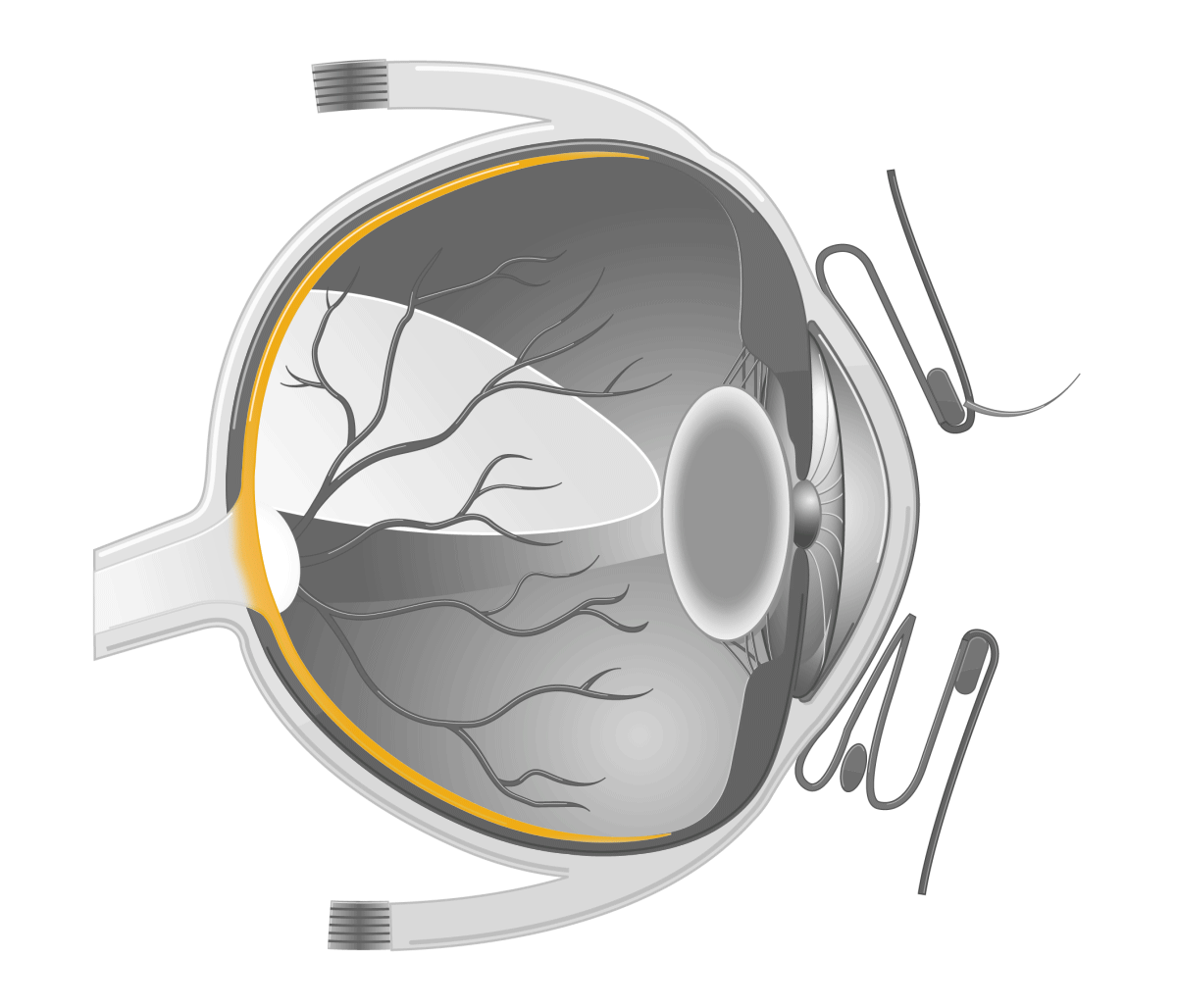The role of the retina is to convert (transduce) light into neurological signals, that are then perceived as vision by the brain. It contains the specialised photoreceptors – rods and cones, which when hit by light produce chemical energy which the retina processes and transmits to the visual cortex as an electrical signal.
The retina is made up of multiple layers, but these can be broadly split into two, determined by the tissue from which they developed embryonically.
The outermost layer (adjacent to the choroid and sclera) is known as the retinal pigmented epithelium. It is a single layer of cells and supplies the retinal tissue with metabolites, as well as removing waste. It also functions to recycle photopigment of the photoreceptors.
The remaining layers are collectively known as the neurosensory layers. It is these layers which initiate and process the neuronal signals which are later perceived as vision.

